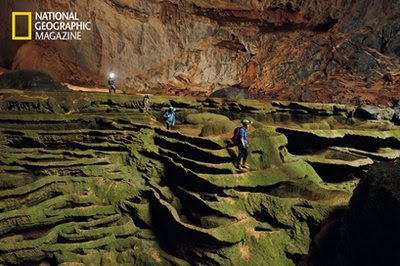These little guys were sighted in Flores, Indonesia, from ancient times to the 19th century. They’re described as hairy and short with big guts. They walk like humans. They are said to have mimicked the words people said to them.
Australians and Indonesians found skeletons of a new species of human at an archaeological site. They were believed to live over ten thousand years ago. The skeletons were about a meter tall.
These skeletons were thought to possibly be the Ibu Gogo of Indonesian folklore. The Ibu Gogo have been used by Indonesians as a scare tactic to get their children to behave. The term “Ibu Gogo” means grandmother who eats anything.
Legend has it that the ebu gogo and the people lived in peace… for a while. The Ibu Gogo started killing crops and the humans’ animals. They fled to caves when the humans started killing them. These caves were eventually set on fire after the Ibu Gogo stole a baby. Some were said to have fled to the Liang Bua caves, which is the cave where the archaeologists found the small skeletons.





























